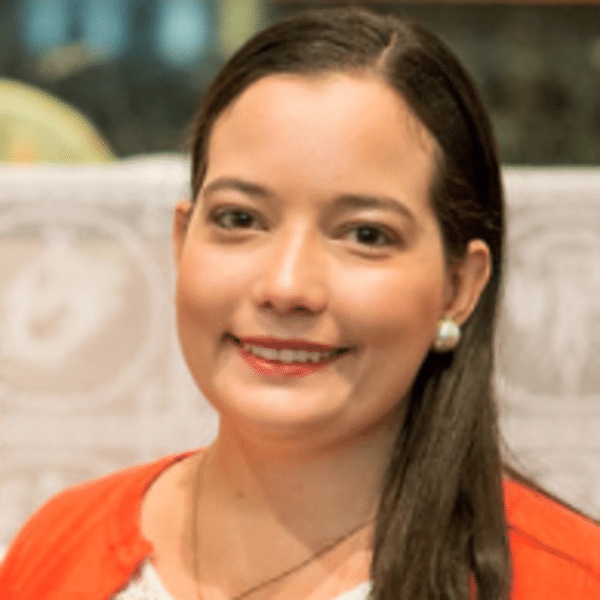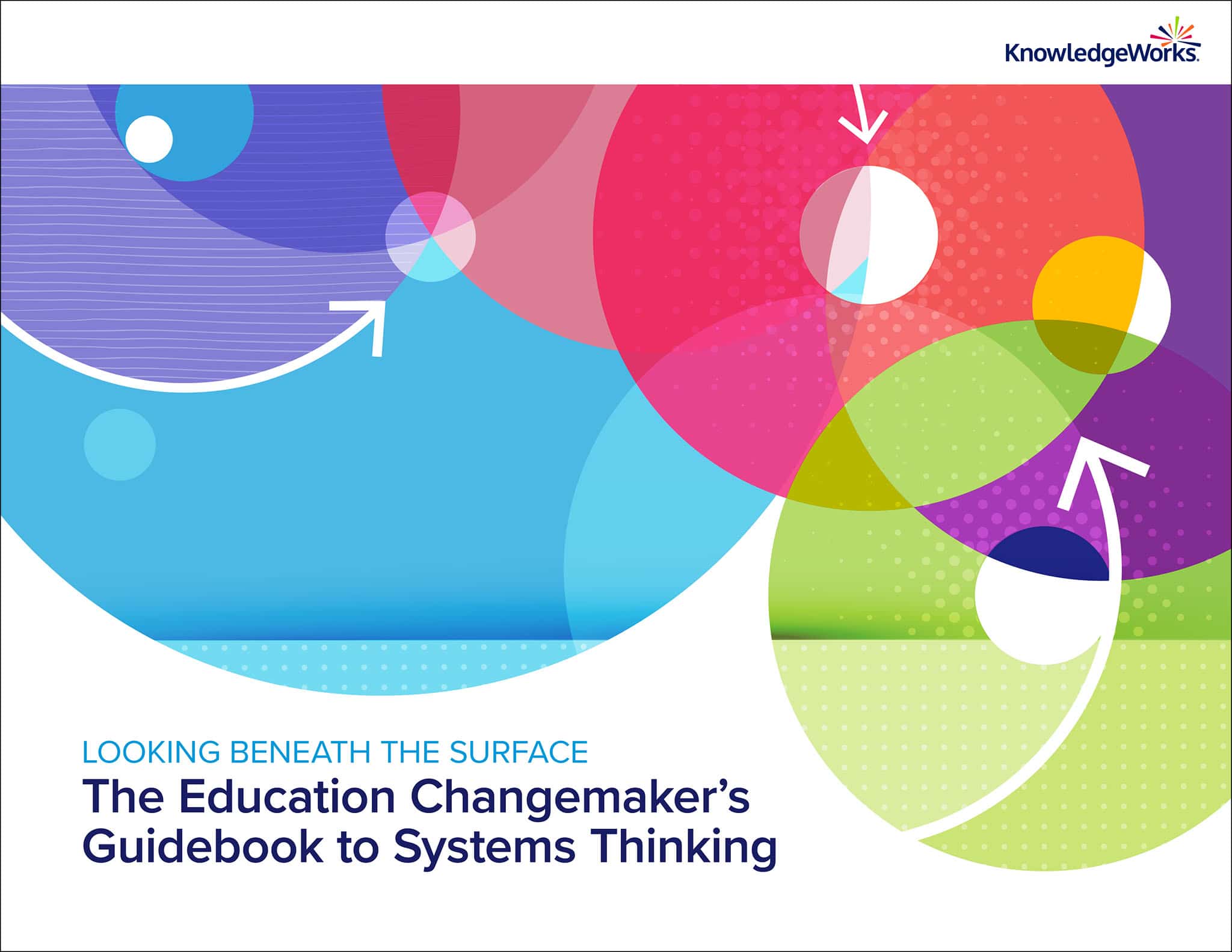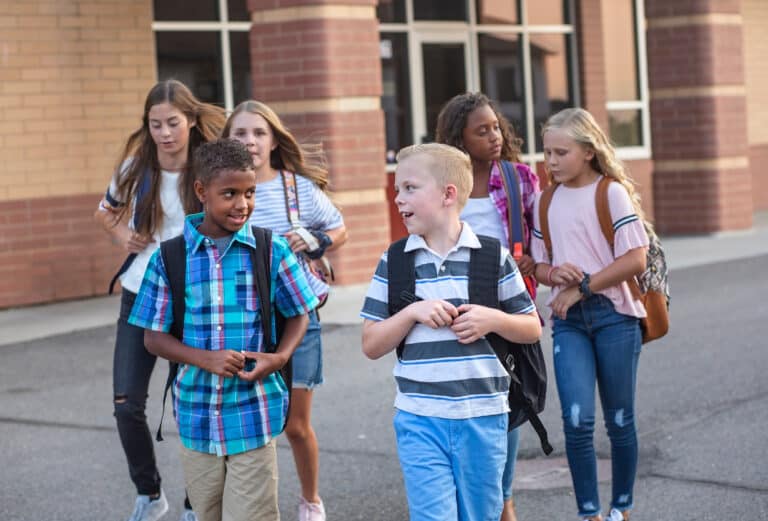Educators, or anyone, can use futures thinking tools for personal and professional use, individually and collectively during times of uncertainty. It’s easier to say what we don’t want, but it’s far harder to produce a proactive, positive vision of what we do want. Futurists’ tools make that process easier and more intentional.
Certain policies, reforms and frameworks have been underwhelming and have usually failed in capturing the complex human institution that is the education system. Educators can often feel initiative fatigue with so many attempted surface-level reforms that require quick adoption and adaptation, only to be introduced to a new reform two years later. Having a clear and collective vision of the future can focus your perspective to establish more permanent, sustainable and flexible models.

The urgent need for systems thinking and transformation cannot be understated right now.
Read more >
Futures thinking tools allow you, not outsiders, to help solve your problems because the members of your community know the community and its problems best, bringing their own individual experiences to the process. Educators want productive professional development. If these tools and frameworks are built into processes to examine the education ecosystem around you, you can address questions such as:
- How do you think about what you see every day inside the classroom, and how does it relate to what is happening outside of the classroom?
- What is and what isn’t working and for / to whom?
- What is your sphere of influence? What is outside of it and why?
- What can these points tell you about the people with whom you work?
- What can these different perspectives tell you? If you lack different perspectives, what does that tell you? Are you asking the wrong questions? Do you need more diversity of thought and experience?
Futures tools allow you to look at an issue on a broader, yet deeper, interconnected scale. Instead of looking at one data point in, for example, a shift in your community demographics, you might look more in depth at correlated issues of birth rate, number of people in household, economic impact, social configurations, etc. What happens to all other points when one of these correlated points change? What happens to the social, technological, political, environmental and economic context changes? What happens when seemingly unrelated points of change affect one another?
Education is the place to dive in together to think about problems and solutions at a deeper level. Futures tools are more insightful when they engage those who have not been traditionally included in decision-making processes – such as students, parents, classroom teachers, community members and marginalized populations. Diverse perspectives help create, pursue and execute a vision for your community that serves everyone. It’s imperative to understand that the future doesn’t happen to the collective or individual you; you can instead shape the futures. So where do you want to go? Together, we can create and navigate a future of learning we all envision.
This was co-written with Rita Pello, former manager of communications for KnowledgeWorks.
Explore the futures thinking tools in the Futures Thinking Now series and begin your journey of change.





